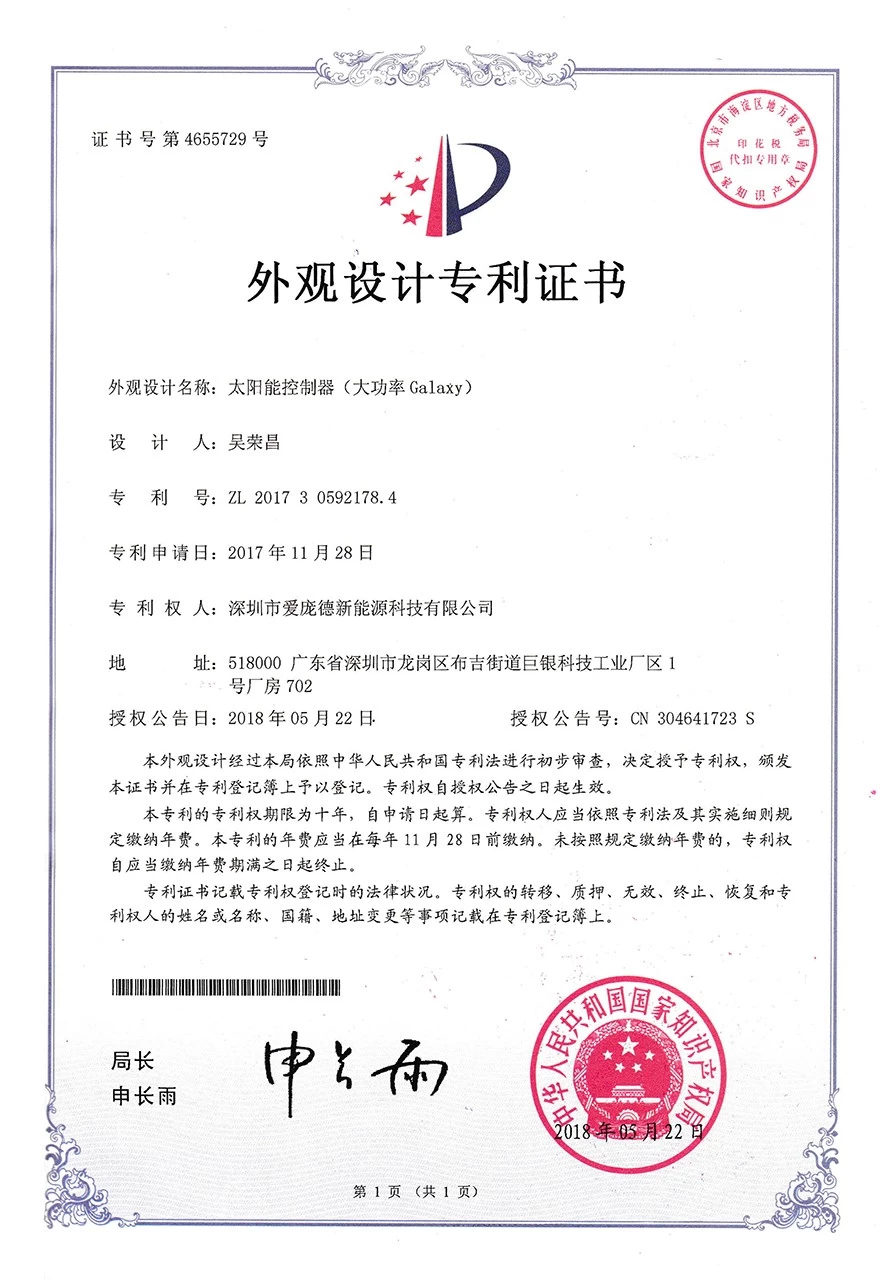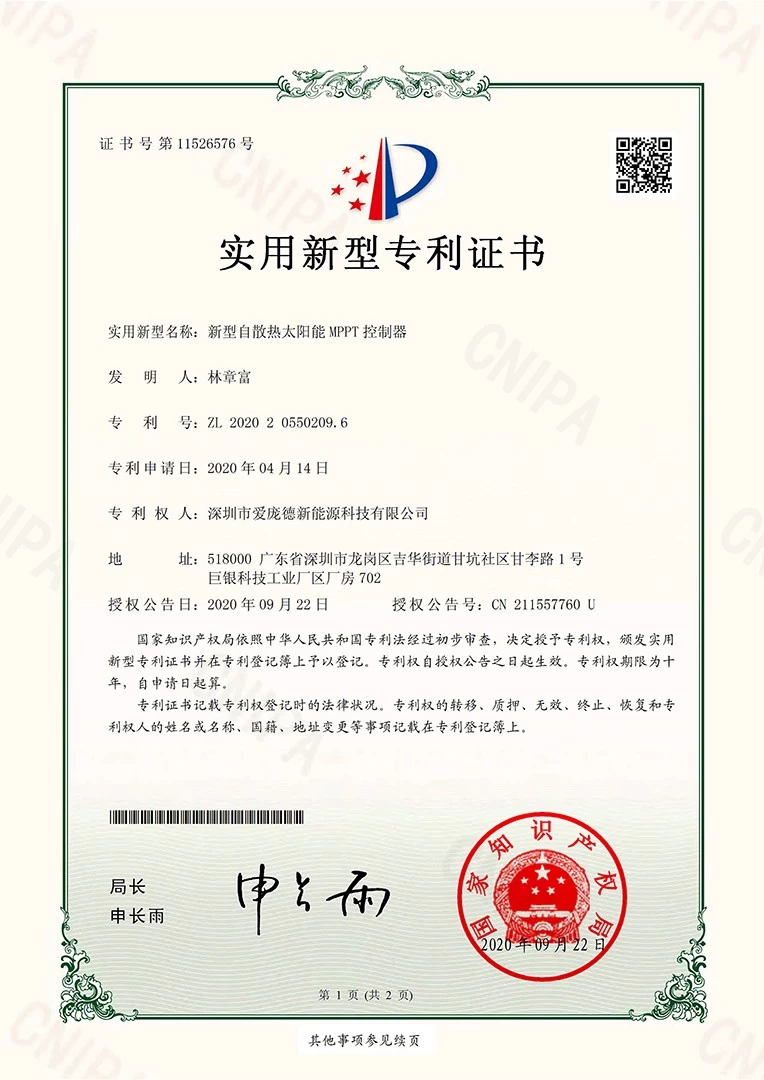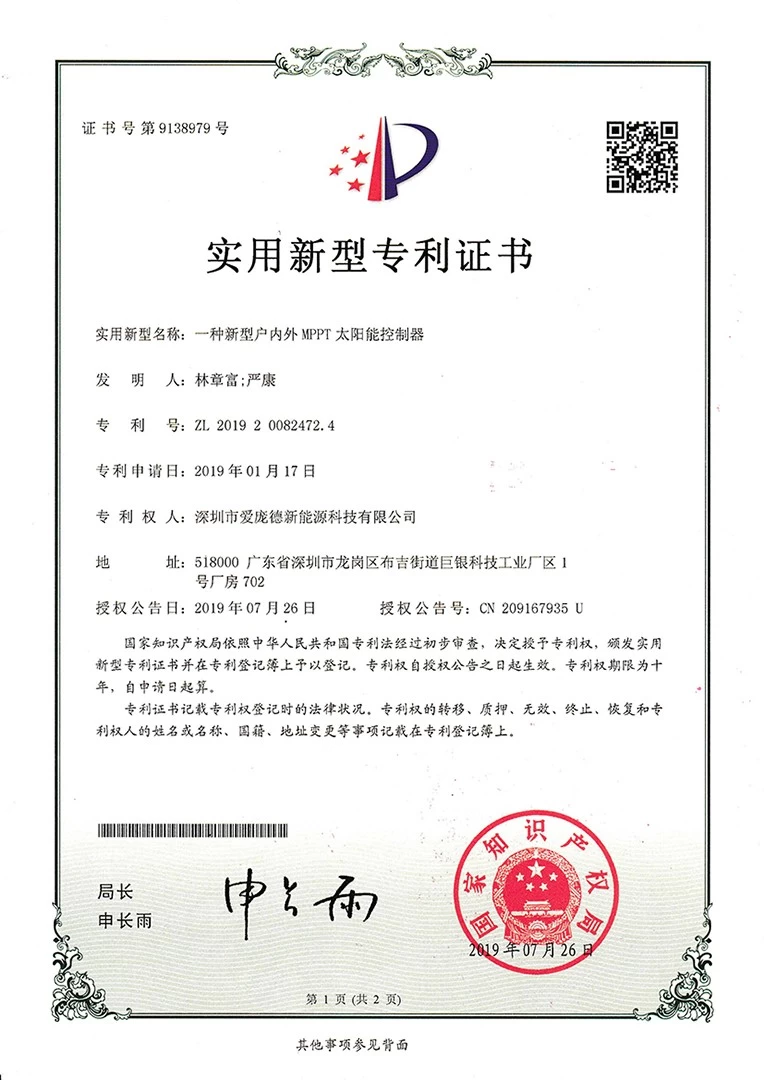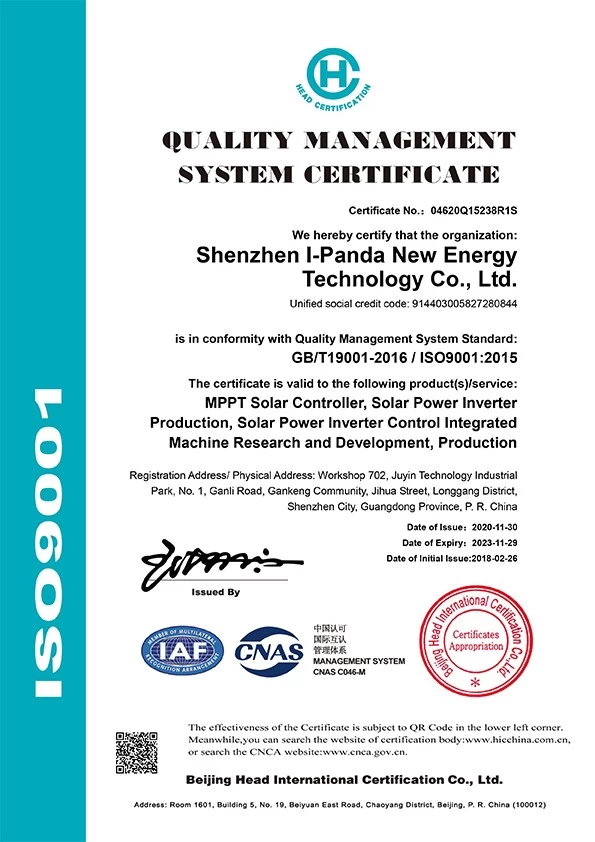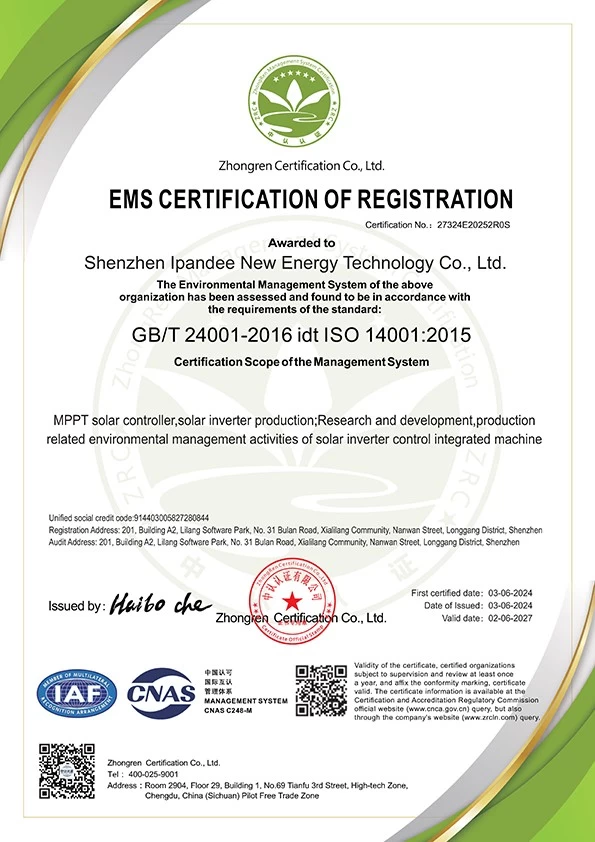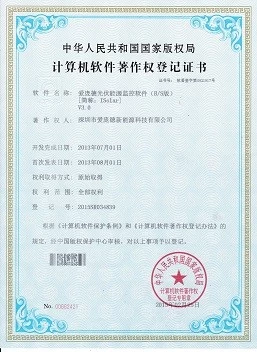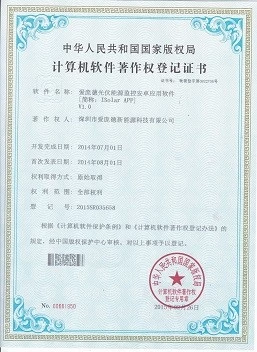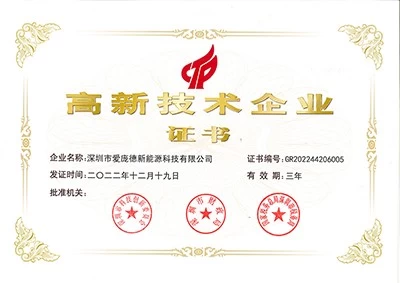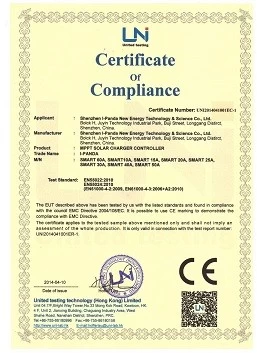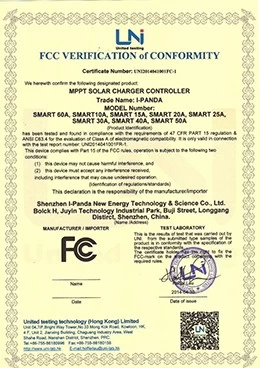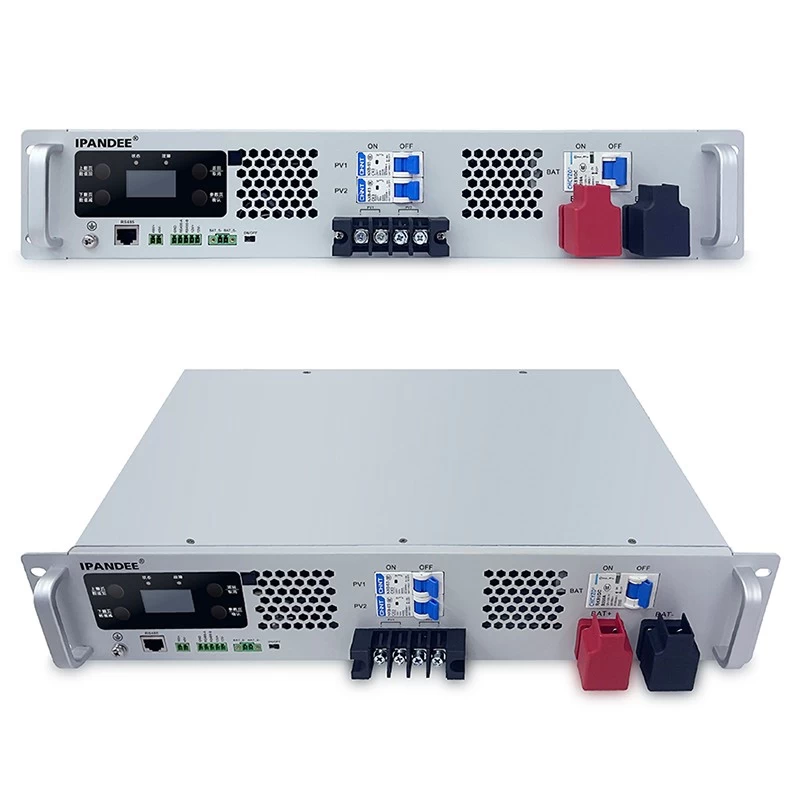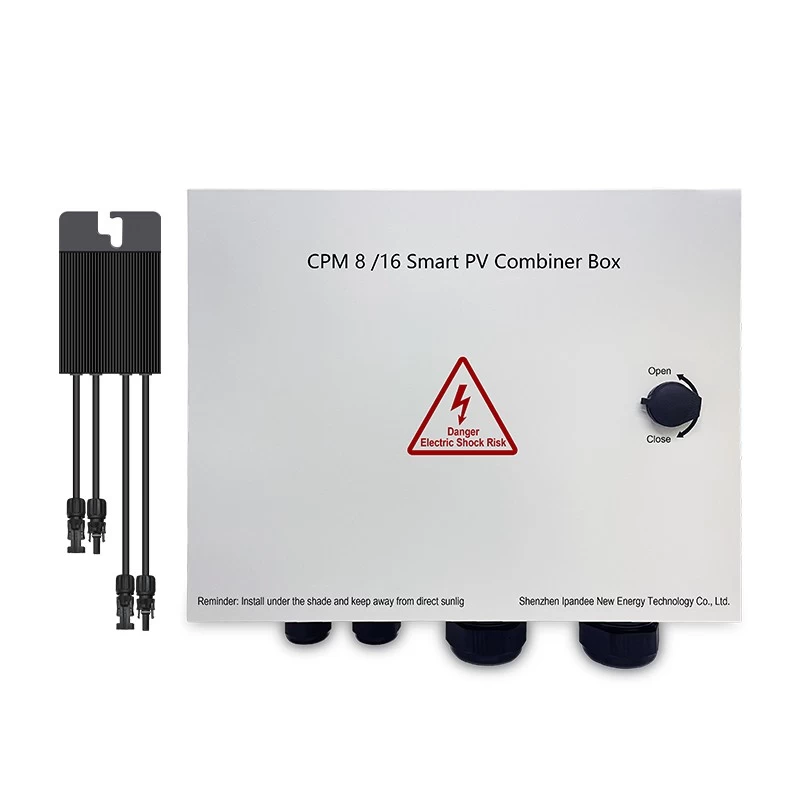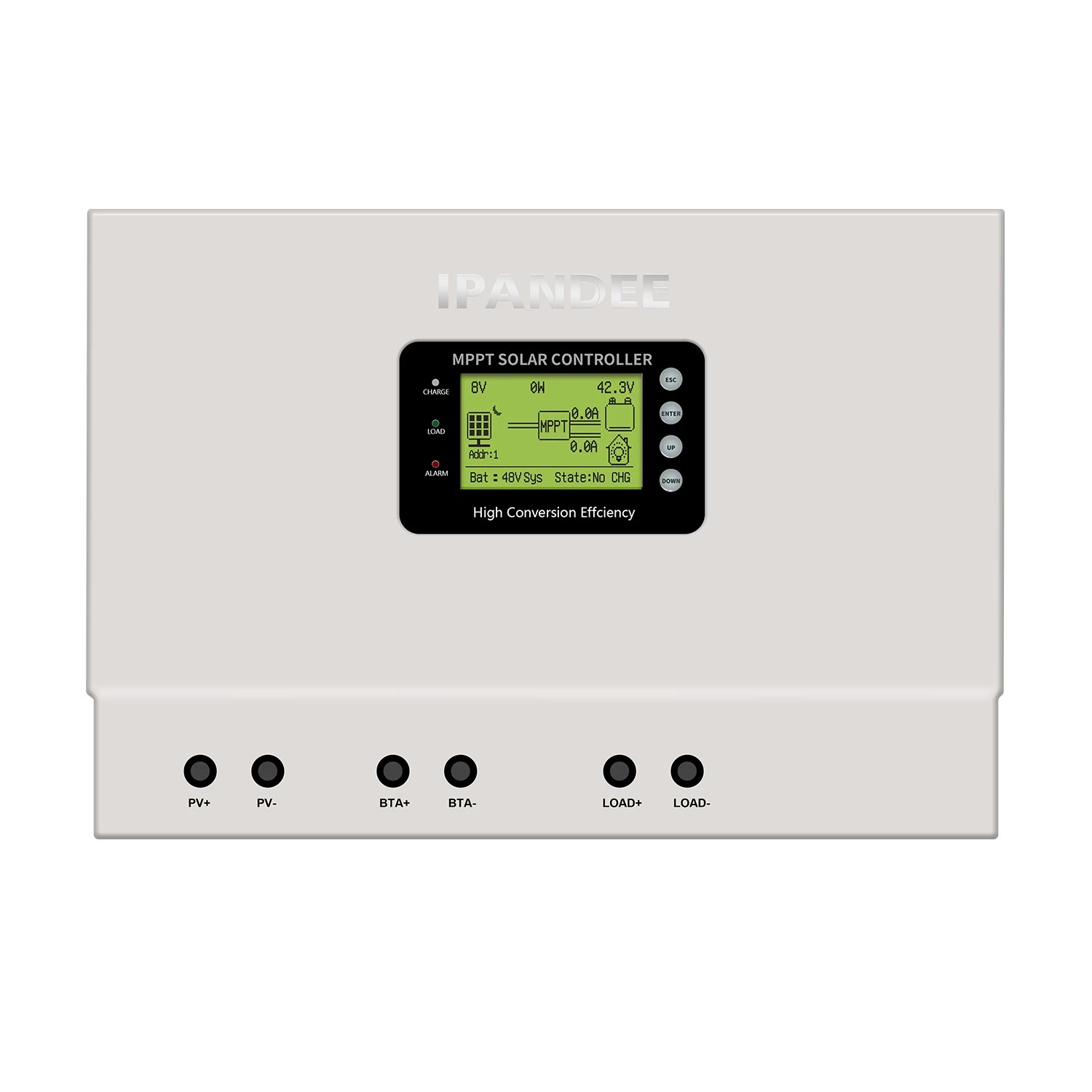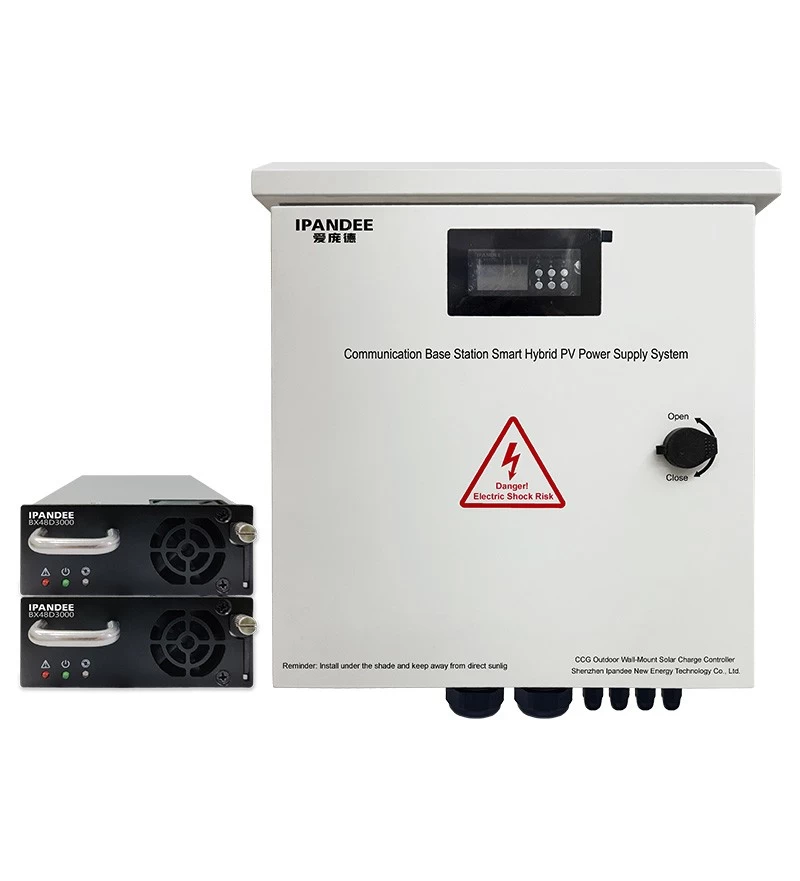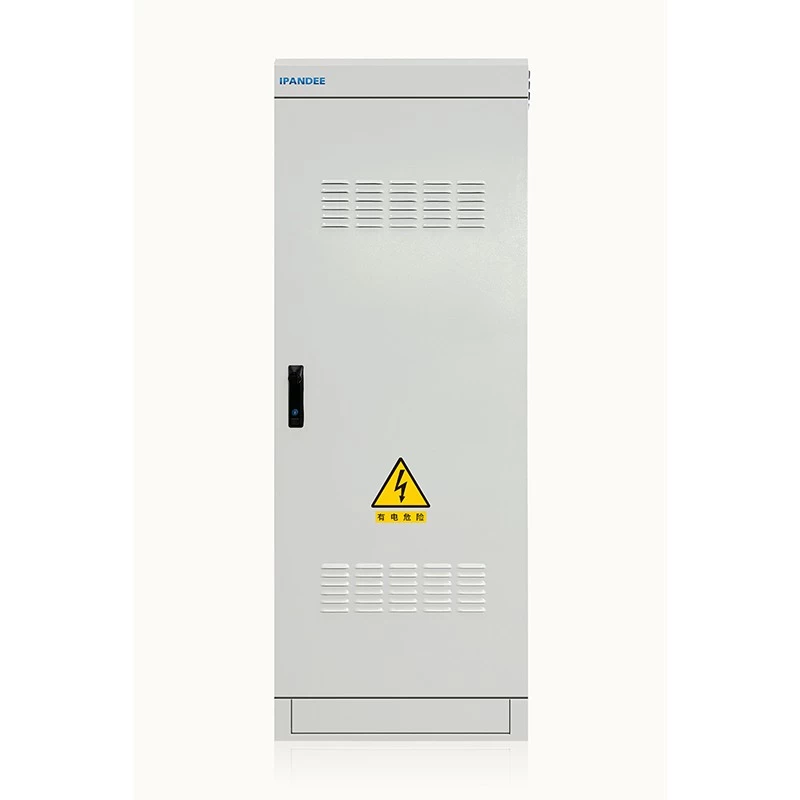Saudi subsidies and costs are one of the biggest obstacles
the Internet
2019-04-25 13:53:25
Saudi Arabia is the world's largest oil exporter and has recently developed an ambitious renewable power program to satisfy the region's electricity needs. However, given the historical record of the country’s delays and the lack of favorable funding support policies in the country, there are still questions about the success of the country’s ambitious strategy.
The Middle East region is not just about renewable power.Saudi ArabiaArab. Considering the increasing momentum of the regional economy in the Middle East, it is estimated that the demand for electricity in this region will soar in the next few years. Despite the region's abundant natural resources, electricity supply remains a top priority for the Gulf States, and fuel power generation remains the primary source of electricity.
According to data from the rating group Moody's, the economy of Saudi Arabia is estimated to increase by 2.7% in 2020. According to analyst firm S&P Global Platts Analytics, Saudi Arabia’s electricity demand will continue to increase at a rate of 3.3% by 2030. The power crisis of burning eyebrows has prompted people to realize faster that incorporating more renewable power into the power structure will be an alternative solution.
Emirates NBD Commodity Analyst Edward Bell said: “The population in the region is growing faster than the rest of the world and will continue to increase rapidly over the next decade. The existing electricity infrastructure is also expanding. And the transformation to satisfy the increased population demand, so it is obviously meaningful to vigorously develop renewable power."
Saudi Arabia has been advancing the development of renewable power. Saudi Arabia announced earlier this year that it plans to develop and install 60 GW of renewable power over the next 10 years, including 40 GW of solar energy, and then increase the installed capacity of renewable power generation to 200 GW. According to the country's plan, by 2030, about 30% of the electricity will be supplied by renewable power, and the other will be supplied by natural gas and nuclear energy. Saudi Arabia's renewable power installed capacity increased (in MW)
Other countries in the Middle East region have also developed ambitious plans for renewable power. According to the latest Gulf Cooperation Report released by the World Renewable Energy Agency (IRENA), Kuwait’s proposed renewable power share in the power structure is 15% by 2030, while Oman’s policy is 10% by 2035. .
The Saudi Arabian Ministry of Power has also set a medium-term policy of developing 27.3 GW of renewable power by 2024, during which 20 GW will come from solar energy. Bell said: "Considering the pressure of domestic electricity demand and the pressure of public opinion calling for the cleanliness of the Saudi power structure, we have to formulate a grand renewable power policy. But these guidelines are somewhat ambitious, perhaps to a greater extent The question of bidding, creating and handing over the intent of the item is not a lack of 'resources' for the cost of money or solar radiation."
This year, Saudi Arabia issued seven PV projects for the first half of 2019 to seek a letter of intent with a total capacity of 1.51 GW, which is estimated to attract US$1.51 billion. Saudi Arabia’s Minister of Power Khalid Falih said in January this year that about 12 renewable power projects will be included in the funding plan this year, including four photovoltaic parks and 300MW solar energy in Rabe and Jeddah. Power station.
Turki M Shehri, head of renewable power projects at the Ministry of Power, Industry and Mineral Resources of Saudi Arabia, stated that “if the previous two projects (Sakaka 300MW photovoltaic project and Dumat Jandal 400 MW land superior power project) are used as the evaluation benchmark, it is estimated that every 100MW The cost of solar PV projects is $100 million, and the cost per 100MW of land-based power projects is $125 million. In 2018, these two projects attracted $800 million in capital contributions."
Abu Dhabi has invested 100 million U.S. dollars to develop the 100MW Shams 1 project, the first concentrated solar power project in the Gulf region.
In addition to solar energy, Middle Eastern countries are increasingly using wind energy as a choice. Oman already has the first land-dominant electric field in the Gulf region with an installed capacity of 50 MW, but it has also been considering the possibility of developing a dominant electric field in the sea.
One of the biggest obstacles faced by governments in the Middle East in promoting renewable energy development is the huge subsidies that their government needs to supply. In 2018, the electricity cost of Saudi residents was 0.18-0.30 riels per kWh, which was about 0.042 - 0.071 euros. This will affect the profitability of renewable power developers, so developing renewable power for customers is not economically viable.
At present, because the power generation cost is higher than the customer's electricity bill, Saudi Arabia is trying to improve the electricity bill and fuel price. This talent is finally expected to make the customer's electricity bill reach the level of the renewable power generation and even slightly lower, but still need to consider the use of renewable The infrastructure needed for power.
King Abdullah’s Petroleum Research Center stated: “The useful price signals for electricity and fuel malls can certainly play a role in attracting more renewable power funding. But the speed of development depends on other factors, such as the regulatory framework that supports these intents. And financing mechanisms."
Some Middle Eastern countries, including Bahrain, are developing incentives to first reduce the cost of industrial users using photovoltaic solar rather than natural gas. This is the first step, but the distance between the current residential electricity price and the renewable power breakeven point or profit balance point is far greater than that of industrial electricity. Bahrain’s Oil Minister Sheikh Mohammad bin Khalifa Al Khalifa said in an interview with foreign media: “The Bahraini government is formulating corresponding incentive policies for shopping malls. Today, commercial users have already purchased and installed photovoltaic panels. You can get a cheaper power supply than the grid."
Regarding Saudi Arabia, the price of industrial electricity has not improved in 2018, which means that it is going to end.solar energy generationIn the power competitiveness of the power industry, demand is undergoing more profound changes in the areas of civil, agricultural and commercial.
Inviting capital contribution
Although there will still be doubts in the industry after the Saudi commentator and journalist Jamal Hasjiji is killed, whether the funders will continue to have a satisfying interest, analysts show that the confidence of the funders in Saudi Arabia remains strong, Commercial investment is also more rational.
Wood Mackenzie Director David Lyndon stated: "Given the country's wind power andsolar energy generationThe auction has been successful and the intent of the site has been carefully planned, and we estimate that these projects will be completed. Because Saudi Arabia’s previous plans are different from the way the program is organized, it will highlight issues at the implementation level. ”
In the latest auction of renewable power projects in Saudi Arabia, more than 16 foreign companies participated in the bidding, which once again proved the attractiveness of the Saudi mall. However, it is worth mentioning that Saudi Arabia has high localization requirements in terms of the application of the intent of the project and the composition of the employees. Therefore, foreign companies are worried about the benefits of the intent of the operation. (Saudi requires that the project requires at least 30% of local data to be used, which constrains the amount of imported materials in the project development.)
Saudi Arabia’s renewable power programme is important for its economic development. The advantage of local government is that it will help create job opportunities and reduce unemployment. The ever-increasing renewable power generation will encroach on the proportion of oil power generation in the power structure, and then release more crude oil for export. From an economic point of view, the attractive world oil price estimate will accelerate Saudi power. Transformation process.
In order to obtain the recognition of customers, it is essential that Saudi Arabia needs to provide supporting infrastructure for the promotion of renewable power and to develop a reasonable pricing structure. Saudi Arabia is working hard to ensure that cheap solar panels and fans are obtained through mass production of oversized plans. To this end, Saudi Arabia and China's Longji PV and South Korea OCI have reached a $ 2 billion agreement to make them more competitive in solar panel pricing, and then further promote the development of solar technology. The agreement will enable Saudi Arabia to have a fully integrated solar equipment manufacturing capability, and the feasibility study is expected to be completed in the first half of this year.
Saudi Arabia’s experience in renewable energy projects is alarming. Saudi Arabia signed a 200 GW super-planned renewable power agreement with Japan’s Softbank Group in March of last year. If it is expected to become the world’s largest solar energy project, it will nearly double the power generation of Saudi Arabia, but the project has hardly been achieved. Substantial progress.
Saudi Arabia is currently collecting ideas or negotiating with potential partners, led by the Public Fund (PIF) and the Saudi Arabian Investment Authority (SAGIA), including but not limited to Softbank. Recently, PIF and SAGIA issued a search for a proposal to invite qualified companies to propose a plan to build a solar photovoltaic module production base with an annual production capacity of 1 to 2 GW in Saudi Arabia.
In the turbulent 2018, the funders’ enthusiasm for the Saudi renewable power category did not seem to have subsided. In Saudi Arabia, many government organizations have touched renewable power projects, but since 2017, they have all been under the supervision and leadership of the Ministry of Power, Industry and Mineral Resources. Shehri said: "This kind of unification means that Saudi Arabia can smoothly deploy two projects with a total of 700 MW in one year. In the past, this process generally required nearly five years."
We are a national key high-tech enterprise integrating R&D, production, sales and service, specializing in the production of MPPT controllers, inverters, UPS, solar energy, wind energy and other energy power products. The main products include industrial grade MPPT solar controllers, solar inverters, solar power systems, UPS and other energy products. It is a leading manufacturer of MPPT controllers in China.
Disclaimer: The content is partly from the internet. In order to pass on more information, it does not mean agreeing to its views or confirming its description. Article content is for reference only. If there is any infringement, please contact in time.
The Middle East region is not just about renewable power.Saudi ArabiaArab. Considering the increasing momentum of the regional economy in the Middle East, it is estimated that the demand for electricity in this region will soar in the next few years. Despite the region's abundant natural resources, electricity supply remains a top priority for the Gulf States, and fuel power generation remains the primary source of electricity.
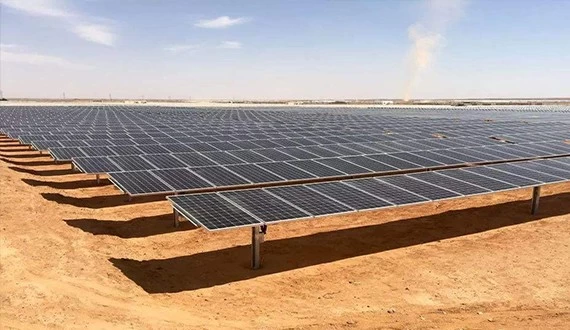
According to data from the rating group Moody's, the economy of Saudi Arabia is estimated to increase by 2.7% in 2020. According to analyst firm S&P Global Platts Analytics, Saudi Arabia’s electricity demand will continue to increase at a rate of 3.3% by 2030. The power crisis of burning eyebrows has prompted people to realize faster that incorporating more renewable power into the power structure will be an alternative solution.
Emirates NBD Commodity Analyst Edward Bell said: “The population in the region is growing faster than the rest of the world and will continue to increase rapidly over the next decade. The existing electricity infrastructure is also expanding. And the transformation to satisfy the increased population demand, so it is obviously meaningful to vigorously develop renewable power."
Saudi Arabia has been advancing the development of renewable power. Saudi Arabia announced earlier this year that it plans to develop and install 60 GW of renewable power over the next 10 years, including 40 GW of solar energy, and then increase the installed capacity of renewable power generation to 200 GW. According to the country's plan, by 2030, about 30% of the electricity will be supplied by renewable power, and the other will be supplied by natural gas and nuclear energy. Saudi Arabia's renewable power installed capacity increased (in MW)
Other countries in the Middle East region have also developed ambitious plans for renewable power. According to the latest Gulf Cooperation Report released by the World Renewable Energy Agency (IRENA), Kuwait’s proposed renewable power share in the power structure is 15% by 2030, while Oman’s policy is 10% by 2035. .
The Saudi Arabian Ministry of Power has also set a medium-term policy of developing 27.3 GW of renewable power by 2024, during which 20 GW will come from solar energy. Bell said: "Considering the pressure of domestic electricity demand and the pressure of public opinion calling for the cleanliness of the Saudi power structure, we have to formulate a grand renewable power policy. But these guidelines are somewhat ambitious, perhaps to a greater extent The question of bidding, creating and handing over the intent of the item is not a lack of 'resources' for the cost of money or solar radiation."
This year, Saudi Arabia issued seven PV projects for the first half of 2019 to seek a letter of intent with a total capacity of 1.51 GW, which is estimated to attract US$1.51 billion. Saudi Arabia’s Minister of Power Khalid Falih said in January this year that about 12 renewable power projects will be included in the funding plan this year, including four photovoltaic parks and 300MW solar energy in Rabe and Jeddah. Power station.
Turki M Shehri, head of renewable power projects at the Ministry of Power, Industry and Mineral Resources of Saudi Arabia, stated that “if the previous two projects (Sakaka 300MW photovoltaic project and Dumat Jandal 400 MW land superior power project) are used as the evaluation benchmark, it is estimated that every 100MW The cost of solar PV projects is $100 million, and the cost per 100MW of land-based power projects is $125 million. In 2018, these two projects attracted $800 million in capital contributions."
Abu Dhabi has invested 100 million U.S. dollars to develop the 100MW Shams 1 project, the first concentrated solar power project in the Gulf region.
In addition to solar energy, Middle Eastern countries are increasingly using wind energy as a choice. Oman already has the first land-dominant electric field in the Gulf region with an installed capacity of 50 MW, but it has also been considering the possibility of developing a dominant electric field in the sea.

One of the biggest obstacles faced by governments in the Middle East in promoting renewable energy development is the huge subsidies that their government needs to supply. In 2018, the electricity cost of Saudi residents was 0.18-0.30 riels per kWh, which was about 0.042 - 0.071 euros. This will affect the profitability of renewable power developers, so developing renewable power for customers is not economically viable.
At present, because the power generation cost is higher than the customer's electricity bill, Saudi Arabia is trying to improve the electricity bill and fuel price. This talent is finally expected to make the customer's electricity bill reach the level of the renewable power generation and even slightly lower, but still need to consider the use of renewable The infrastructure needed for power.
King Abdullah’s Petroleum Research Center stated: “The useful price signals for electricity and fuel malls can certainly play a role in attracting more renewable power funding. But the speed of development depends on other factors, such as the regulatory framework that supports these intents. And financing mechanisms."
Some Middle Eastern countries, including Bahrain, are developing incentives to first reduce the cost of industrial users using photovoltaic solar rather than natural gas. This is the first step, but the distance between the current residential electricity price and the renewable power breakeven point or profit balance point is far greater than that of industrial electricity. Bahrain’s Oil Minister Sheikh Mohammad bin Khalifa Al Khalifa said in an interview with foreign media: “The Bahraini government is formulating corresponding incentive policies for shopping malls. Today, commercial users have already purchased and installed photovoltaic panels. You can get a cheaper power supply than the grid."
Regarding Saudi Arabia, the price of industrial electricity has not improved in 2018, which means that it is going to end.solar energy generationIn the power competitiveness of the power industry, demand is undergoing more profound changes in the areas of civil, agricultural and commercial.
Inviting capital contribution
Although there will still be doubts in the industry after the Saudi commentator and journalist Jamal Hasjiji is killed, whether the funders will continue to have a satisfying interest, analysts show that the confidence of the funders in Saudi Arabia remains strong, Commercial investment is also more rational.
Wood Mackenzie Director David Lyndon stated: "Given the country's wind power andsolar energy generationThe auction has been successful and the intent of the site has been carefully planned, and we estimate that these projects will be completed. Because Saudi Arabia’s previous plans are different from the way the program is organized, it will highlight issues at the implementation level. ”
In the latest auction of renewable power projects in Saudi Arabia, more than 16 foreign companies participated in the bidding, which once again proved the attractiveness of the Saudi mall. However, it is worth mentioning that Saudi Arabia has high localization requirements in terms of the application of the intent of the project and the composition of the employees. Therefore, foreign companies are worried about the benefits of the intent of the operation. (Saudi requires that the project requires at least 30% of local data to be used, which constrains the amount of imported materials in the project development.)
Saudi Arabia’s renewable power programme is important for its economic development. The advantage of local government is that it will help create job opportunities and reduce unemployment. The ever-increasing renewable power generation will encroach on the proportion of oil power generation in the power structure, and then release more crude oil for export. From an economic point of view, the attractive world oil price estimate will accelerate Saudi power. Transformation process.
In order to obtain the recognition of customers, it is essential that Saudi Arabia needs to provide supporting infrastructure for the promotion of renewable power and to develop a reasonable pricing structure. Saudi Arabia is working hard to ensure that cheap solar panels and fans are obtained through mass production of oversized plans. To this end, Saudi Arabia and China's Longji PV and South Korea OCI have reached a $ 2 billion agreement to make them more competitive in solar panel pricing, and then further promote the development of solar technology. The agreement will enable Saudi Arabia to have a fully integrated solar equipment manufacturing capability, and the feasibility study is expected to be completed in the first half of this year.
Saudi Arabia’s experience in renewable energy projects is alarming. Saudi Arabia signed a 200 GW super-planned renewable power agreement with Japan’s Softbank Group in March of last year. If it is expected to become the world’s largest solar energy project, it will nearly double the power generation of Saudi Arabia, but the project has hardly been achieved. Substantial progress.
Saudi Arabia is currently collecting ideas or negotiating with potential partners, led by the Public Fund (PIF) and the Saudi Arabian Investment Authority (SAGIA), including but not limited to Softbank. Recently, PIF and SAGIA issued a search for a proposal to invite qualified companies to propose a plan to build a solar photovoltaic module production base with an annual production capacity of 1 to 2 GW in Saudi Arabia.
In the turbulent 2018, the funders’ enthusiasm for the Saudi renewable power category did not seem to have subsided. In Saudi Arabia, many government organizations have touched renewable power projects, but since 2017, they have all been under the supervision and leadership of the Ministry of Power, Industry and Mineral Resources. Shehri said: "This kind of unification means that Saudi Arabia can smoothly deploy two projects with a total of 700 MW in one year. In the past, this process generally required nearly five years."
The speed of Saudi Arabia's renewable power future will depend on the speed of implementation of the agreement and the ability to quickly adopt supportive legislation that can attract foreign funders. These plans are not intended to be a fantasy, but if Saudi Arabia does not take positive action and does not make policy changes that are conducive to attracting foreign funders, such as revising project-related localization requirements, its renewable power is majestic. The end of the blueprint will be greatly reduced.

Off-grid PV controller wholesaler China
We are a national key high-tech enterprise integrating R&D, production, sales and service, specializing in the production of MPPT controllers, inverters, UPS, solar energy, wind energy and other energy power products. The main products include industrial grade MPPT solar controllers, solar inverters, solar power systems, UPS and other energy products. It is a leading manufacturer of MPPT controllers in China.
Disclaimer: The content is partly from the internet. In order to pass on more information, it does not mean agreeing to its views or confirming its description. Article content is for reference only. If there is any infringement, please contact in time.





